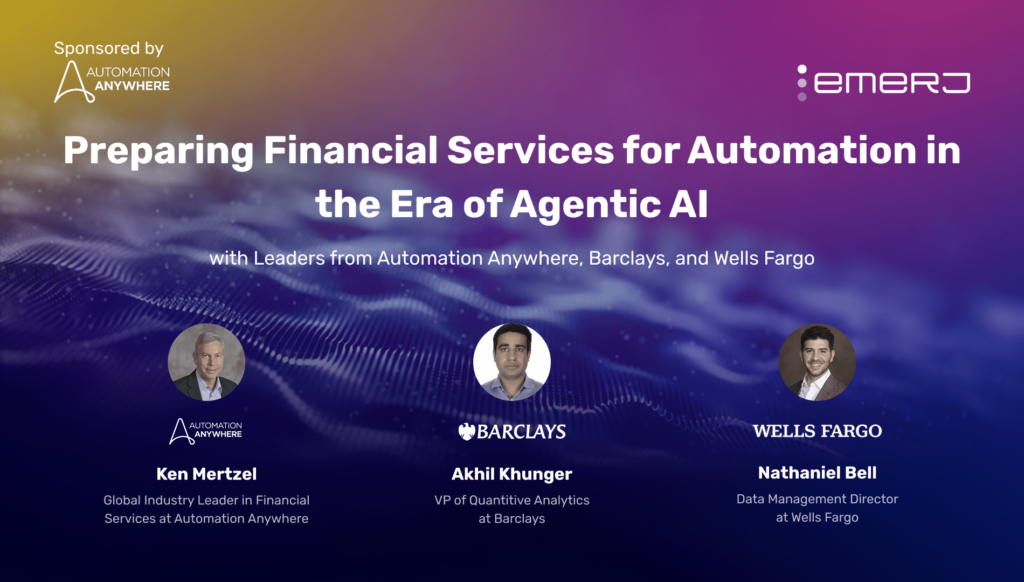Here at Emerj we’re dedicated to cutting through the AI hype that’s permeating the current zeitgeist in the business world. Although we’re skeptical about many of the claims that AI vendors make on their websites about what they’re AI software can do, it seems unlikely that the AI hype is going to disappoint venture capitalists and governments enough to usher in a third AI winter.
The first AI winter occurred in the 1970s, and the second in the 1990s. Researchers differ on whether or not a third AI winter is on the horizon, but generally, they agree that right now we’re in what they refer to a...
[mrj_paywall] unauthorized access



















